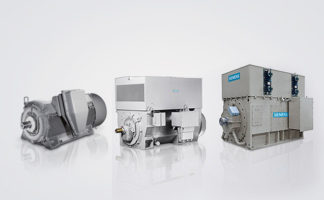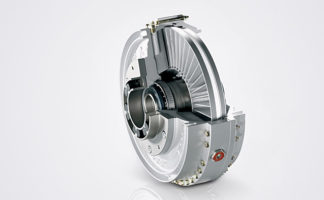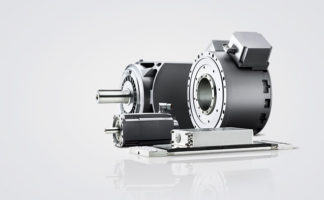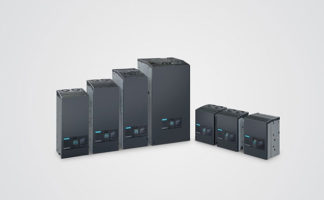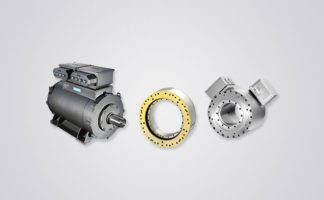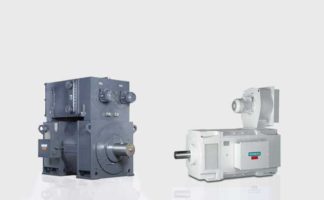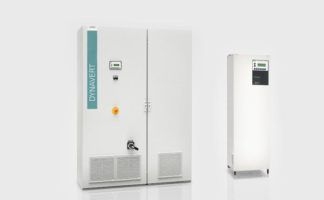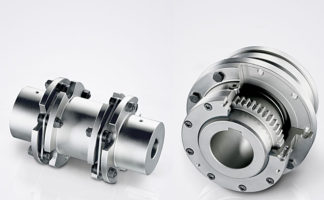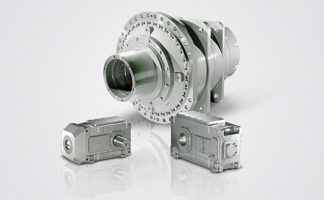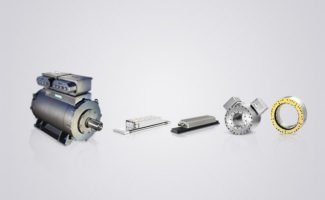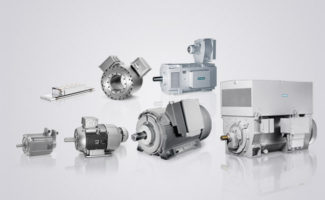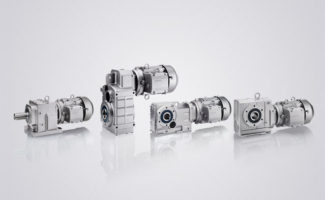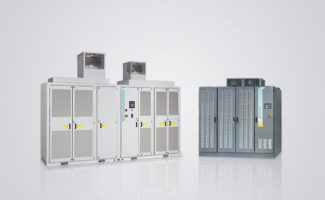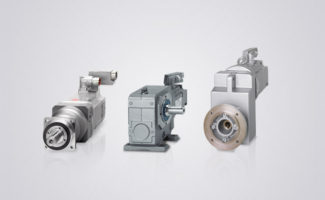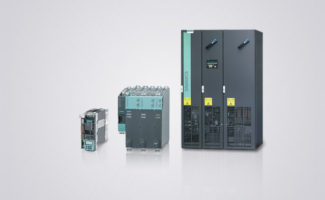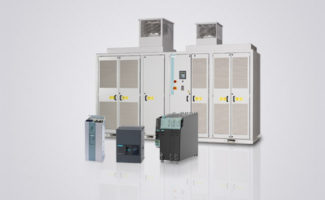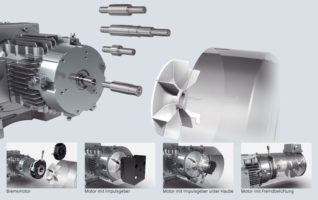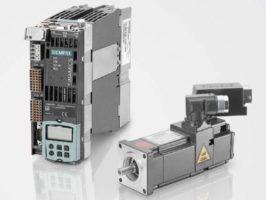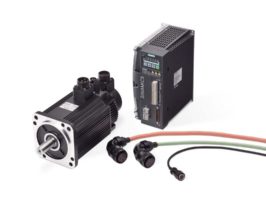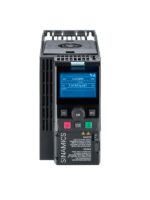
2/7
Siemens D 83.1 · 2016
2
Motors with Explosion Protection
Orientation
■
Overview
(continued)
Operation of motors with type of protection
"Dust explosion protection"
Potentially explosive atmospheres with dust can arise in industry
and in agriculture. For a specific environment (Zone), a product
(device or motor) is permitted to be used only if it is assigned to
the appropriate device group and category (see the following
table).
An important feature of dust protection is the IP degree of
protection. Depending on the environmental conditions, differing
requirements are placed on the dust-tightness of the enclosure.
For dust explosion protection, it is important to ensure that the
surface temperature of the motors is limited to a value below the
minimum ignition temperature of the combustible dust or a dust
layer.
•
Surface temperature of motors <
2
/
3
minimum ignition
temperature of the dust/air mixture.
•
Surface temperature of motors < minimum ignition
temperature of a dust layer
(of 5 mm depth) -75 K.
The user determines the category and maximum permissible
surface temperature based on the hazardous area and the type
of dust.
Note:
Conductive or non-conductive dust changes the device
category (see table below).
The motors are designed for ambient temperatures between
-20 and +40 °C.
Dust explosion protection EN 60079-0 and EN 60079-31
Zone 22 non-conductive dust:
Can be ordered as an option (Zone 22 options)
with LOHER CHEMSTAR 1PS0, 1PS1, 1PS5 and
SIMOTICS XP 1MD5 motor series.
Zone 22 conductive dust:
Implemented and certified normally as Zone 21, the option for
Zone 21 must be selected in this case.
Zone 21 non-conductive dust:
Handled and certified as for Zone 21 conductive dust.
Zone 21 conductive dust:
Can be ordered as an option (Zone 21 options)
with LOHER CHEMSTAR 1PS1, 1PS5 and
SIMOTICS XP 1MD5 motor series.
Hybrid mixtures
When dust explosion protection is combined with gas explosion
protection, it is important to consider the possibility that hybrid
mixtures can occur: Hybrid mixtures are mixtures of flammable
dusts with explosive gas/air atmospheres which can together
create a dangerous explosive atmosphere if they occur at the
same time. Changes can arise in the safety characteristics here,
such as a change in the zone classification, increase in the
explosion pressure, reduction in the minimum ignition energy
and a reduction in the maximum temperatures to be observed.
For this reason, the relative characteristics must be considered
both for gas (Zones 0, 1 and 2) and for dust (Zones 20, 21 and
22) where hybrid mixtures arise. It is necessary for a competent
assessor to determine in the individual case whether the
parameters determining ignition are unfavorably affected in a
particular hybrid mixture. Motors with dual labeling for gas (G)
and dust (D) may only be used in applications in which gas and
dust occur simultaneously after prior examination of the
properties of the hybrid mixtures by the user.
Maintaining explosion protection during normal operation
Electrical machines must be protected against overheating as a
result of overload. The protection devices that can be
considered depend on the operating mode, but also on the
design and suitability of the electrical machine.
Overcurrent protection devices with inverse-time delayed
tripping in accordance with EN 60947, e.g. motor circuit
breakers in all phase conductors, must be set to the rated
current of the motor. Furthermore, they should be selected such
that the motor is thermally protected even under short-circuit
conditions (i.e. with a blocked rotor). This requirement is
regarded as fulfilled when the tripping time obtained from the
tripping characteristic (starting temperature 20 °C) for the ratio
I
A
/
I
N
does not exceed the warm-up time
t
E
for the relevant
ignition group.
Windings in a
connection should preferably be protected in
such a way that the trip unit or relay is connected in series with
the winding phases. When selecting and configuring the trip
unit, the rated value of the phase current (i.e. 0.58 times the
rated motor current) is to be taken as a basis. If, however, the trip
unit is connected in the line supply conductor, protective
measures must be taken to ensure that sufficient motor
protection is afforded when only one phase fails.
For pole-changing motors, inverse-time delayed trip units or
relays must be provided for each speed level that must be
mutually interlocked.
Thermal motor protection for direct temperature monitoring, e.g.
with PTC thermistors, in combination with a certified monitoring
device alone or in addition to overcurrent protection. Motors with
thermal motor protection as sole protection are available on
request.
The motors are only permitted to be used for continuous duty
and not for normal, infrequently repeated start-ups in which no
significant start-up temperature rise occurs. The values for
温度上升时间
t
E
for the individual ignition groups and for
the inrush current ratio
I
A
/
I
N
are specified on the rating plate of
the respective motor and are stated in the test certificate from
the German Federal Testing Laboratory.
Equipment group
II
Category
2D
3D
Zone
21
22
Dust group
IIIC
IIIB
IIIC
Conductive dust
Non-conductive dust
Conductive dust
IP degree of protection
IP6x
IP5x
IP6x
Max. surface temperature
T130 °C
Marking
II 2D Ex tb IIIC T130 °C Db
II 3D Ex tc IIIB T130 °C Dc
II 3D Ex tc IIIC T130 °C Dc
ATEX certification
EU type examination certificate
EU Declaration of Conformity of the manufacturer
IECEx certification
IECEx Certificate of Conformity
No IECEx certificate available
© Siemens AG 2016




